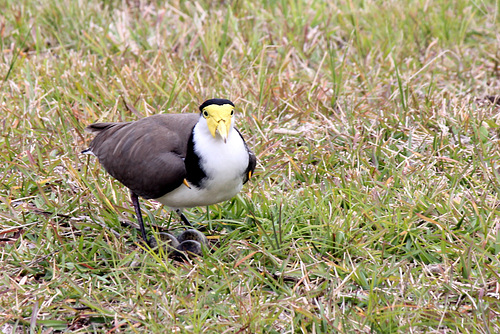Lapwing eggs
40SH Bunnies
160/366 in the rain
158/366 pink moon
161/366 fill the frame
162/366 21SH tartan
11SH Camellia
163/366 mine, all mine
165/366 Dear photograph
166/366 red and green
164/366 waiting patiently
167/366 such a day
168/366 shadows
169/366 shiny beak
31SH what is it?
171/366 Wisdom 10SH
170/366 Gardenia
46SH Stein
Parthenon and Athenian Owl
172/366 Rosella
173/366 Sunday sun setting 05SH
174/366 diver
175/366 Tropic of Capricorn
47SH dinner
44SH golden
43SH Razorback
33SH symmetry
13SH Pelican habitat
Postcard from Australia
157/366 Nesting Lapwing
156/366 chiaroscuro
155/366 terracotta and rust
154/366 le creuset
153/366 through the dunes
Rainbow
Dora
152/366 stir fry
151/366 Saturday Rainbow
149/366 intense
150/366 golden
148/366 Black
147/366 wild
15 metres
146/366 Loved, and not so loved
145/366 curved horizon
1/100 • f/11.0 • 250.0 mm • ISO 250 •
Canon EOS 550D
EF-S55-250mm f/4-5.6 IS II
EXIF - See more detailsKeywords
Authorizations, license
-
Visible by: Everyone -
All rights reserved
-
83 visits
159/366 Mama Lapwing


This bird has chosen to nest in the middle of an open block of vacant land. I didn't want to get too close.
The masked lapwing is a large, common and conspicuous bird native to Australia
Plovers usually lay their eggs after local rains. They lay up to four eggs on the ground in a small depression in open areas so they can see their predators.
The Masked Lapwing is sometimes referred to as the Spur-winged Plover because each of its wings is armed with a yellow spur at the ‘elbow’ (or carpal joint)... Lapwings use these spurs when diving at potential predators or intruders during breeding season, while chicks are running around or when the eggs are just about to hatch. While these attacks are quite unnerving, the birds seldom actually strike their ‘victims’, preferring a close approach to scare them away.


The masked lapwing is a large, common and conspicuous bird native to Australia
Plovers usually lay their eggs after local rains. They lay up to four eggs on the ground in a small depression in open areas so they can see their predators.
The Masked Lapwing is sometimes referred to as the Spur-winged Plover because each of its wings is armed with a yellow spur at the ‘elbow’ (or carpal joint)... Lapwings use these spurs when diving at potential predators or intruders during breeding season, while chicks are running around or when the eggs are just about to hatch. While these attacks are quite unnerving, the birds seldom actually strike their ‘victims’, preferring a close approach to scare them away.


, Roger (Grisly), Chrissy and 2 other people have particularly liked this photo
- Keyboard shortcuts:
Jump to top
RSS feed- Latest comments - Subscribe to the comment feeds of this photo
- ipernity © 2007-2025
- Help & Contact
|
Club news
|
About ipernity
|
History |
ipernity Club & Prices |
Guide of good conduct
Donate | Group guidelines | Privacy policy | Terms of use | Statutes | In memoria -
Facebook
Twitter

Sign-in to write a comment.